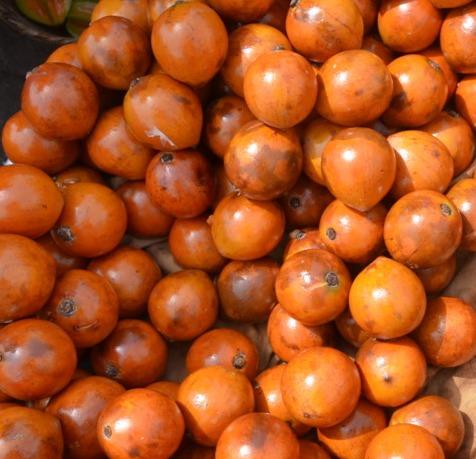(By Solomon Ojigbo)
Osteoporosis is a disease of the bone that is characterized by a gradual decline in bone mass and density which can lead to an increased risk of fracture.
Postmenopausal women are at greater risk of osteoporosis or fractures of the bone. This is because, there is a steady bone loss due to decrease in estrogen production which leads to increase bone resorption thereby decreasing calcium absorption from the blood.
Many experts believe that the period from age 10 to 35 years, when bone density is reaching its maximum, are the most important for reducing the risk of osteoporosis. It is necessary that increased calcium intake should be encouraged in this group. The maximum bone density attained during these years depends on both dietary calcium intake and exercise and it is believed that dense bones are less likely to become seriously depleted of calcium following menopause. Hence postmenopausal women who observe this eating habit and lifestyle during their youth are less predisposed to osteoporosis.
However, most elderly women consume far too little calcium in their postmenopausal years. It is not uncommon with elderly women restraining from diary product which is among the major sources of calcium due to recent concern about their fat content. Even with drug or estrogen therapy to prevent osteoporosis, dietary calcium intake should not be ignored. Recent studies have shown that calcium intakes within the range of 1000-1500mg per day make drug or estrogen therapy more effective at preserving bone mass.
The recommended dietary allowance (RDA) for calcium is 1300 mg per day (which is about 4 or more glasses of milk daily) for women from 11 to 18, 1000mg per day (3 or more glasses of milk daily) for women from 19 to 50 years and 1200mg to 1500mg per day (4 glasses of milk daily) for women over 50.
Calcium is found in many foods. You can get recommended amounts of calcium by eating a variety of foods, including milk, yogurt, and fish with soft bones such as canned sardines and salmon. Most grains (such as breads, pastas, and unfortified cereals), do not have high amounts of calcium unless they are fortified; however, they may add significant amounts of calcium to the diet because they are often eaten frequently in large quantity.
While most of the focus is on calcium intake, we need to remember that bones are not made of entirely of calcium. If the diet is deficient in other necessary nutrients, the utilization of calcium for bone formation will be impaired. Vitamin C is needed to form the bone matrix and magnesium and phosphorus are important component of bone structure. Vitamin K and a variety of trace minerals, including copper, zinc, manganese and boron are important for bone formation. Thus calcium supplements may not be optimally utilized if the overall diet is inadequate. Vitamin D is also required for the absorption and utilization of calcium. Finally an adequate exercise programme is just as important as drug therapy and an adequate diet for preventing loss of bone density.
Sources:
- The effect of physical activity and its interaction with nutrition on bone health. Proc. Nutr. Soc. 62:829, 2003.
- Clinical Correlations 28.8 Textbook of Biochemistry, Thomas Devlin 6th Edition.
- Heaney, R.P. calcium in the prevention and treatment of osteoporosis. J. intern Med. 231:169, 1992.













best place to buy tadalafil online reviews – tadalafil online pharmacy best place to buy tadalafil online reviews